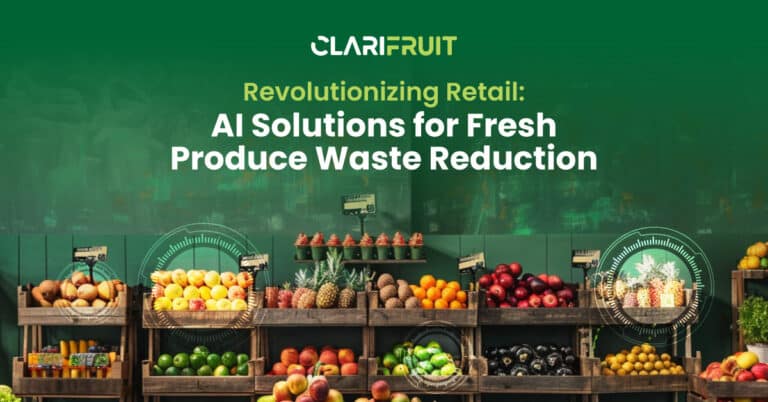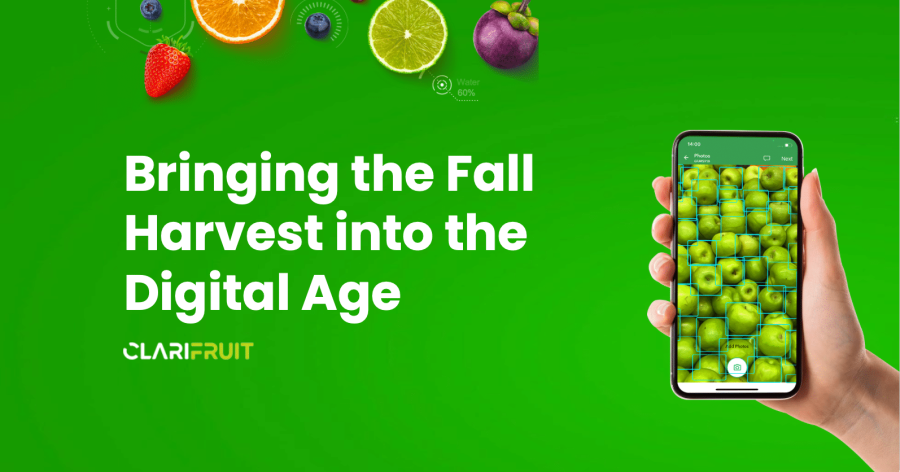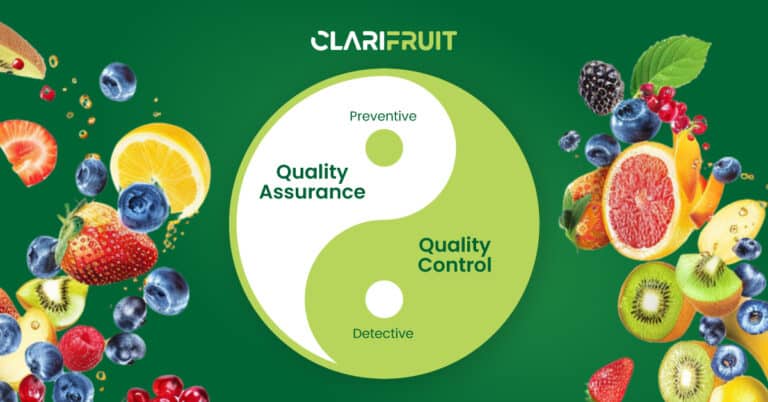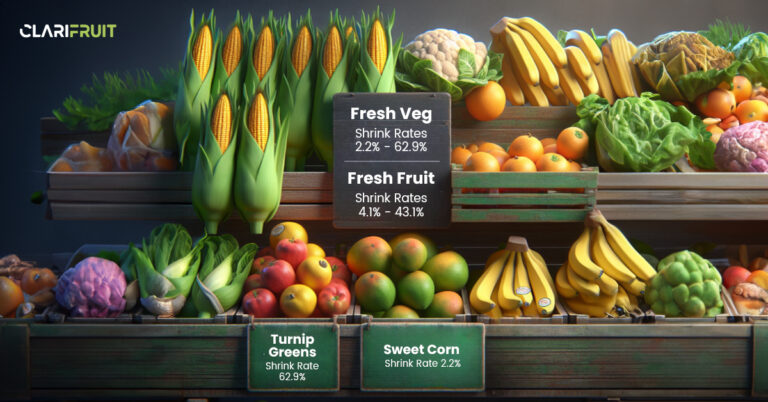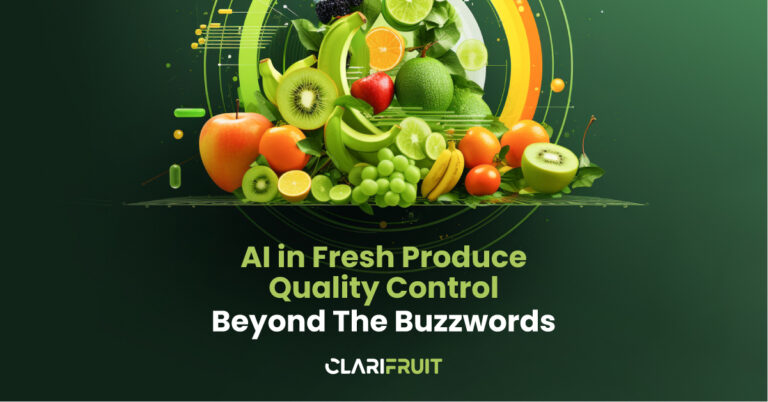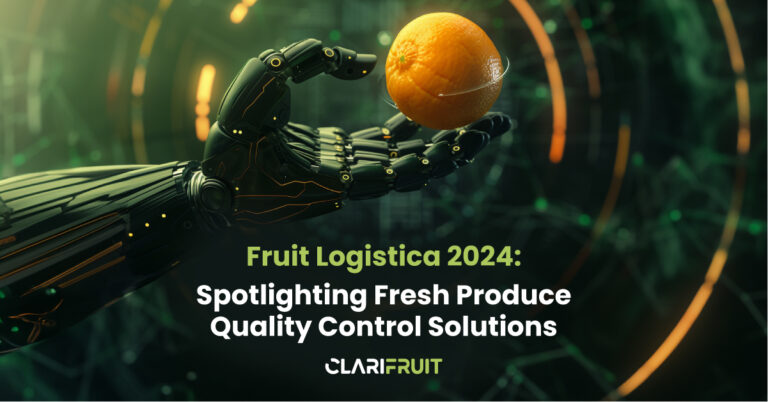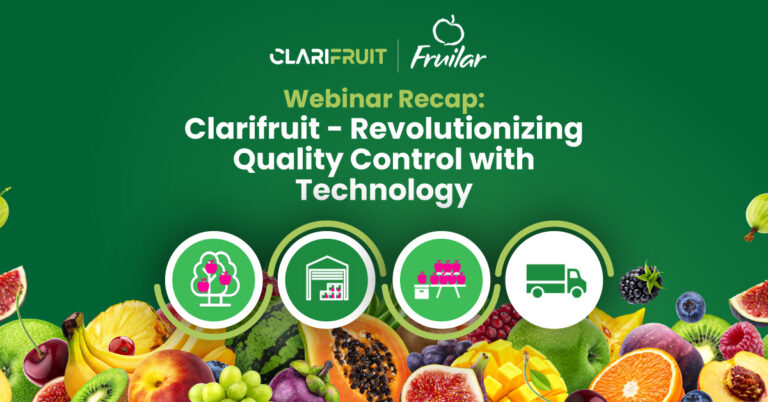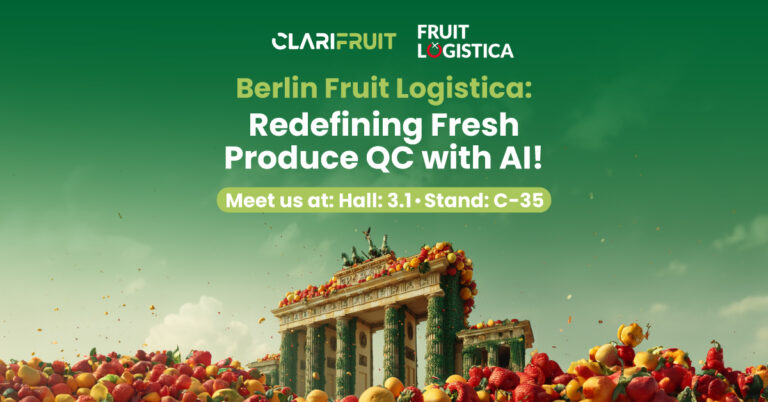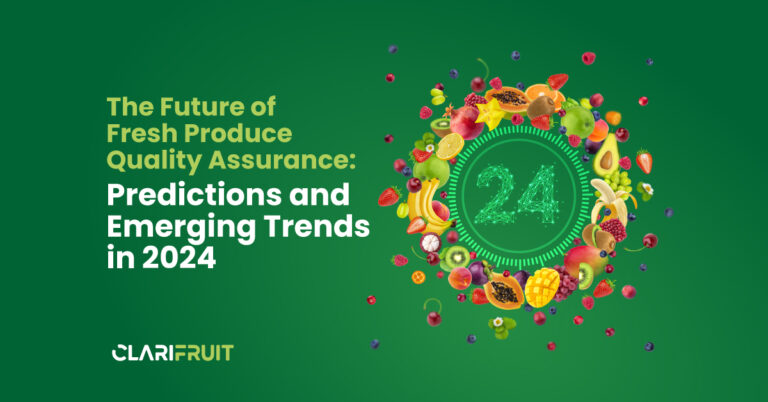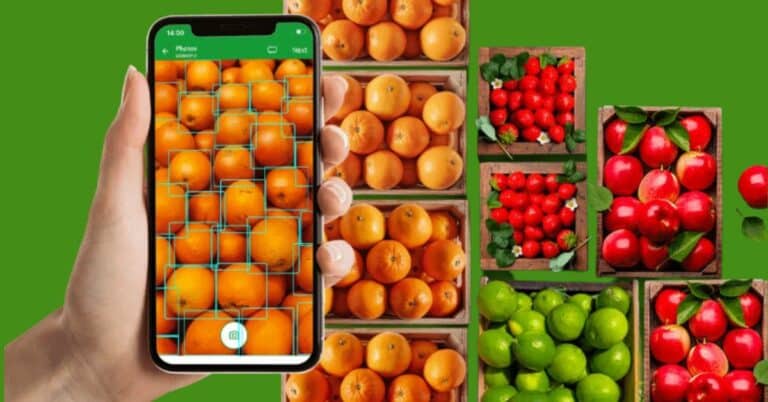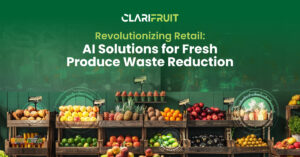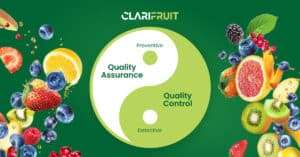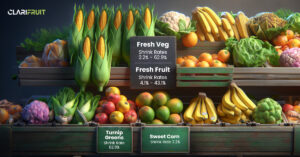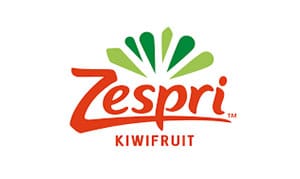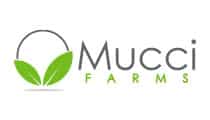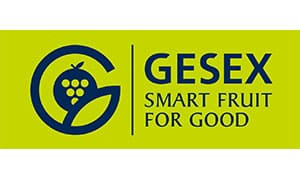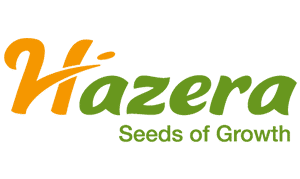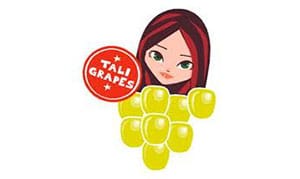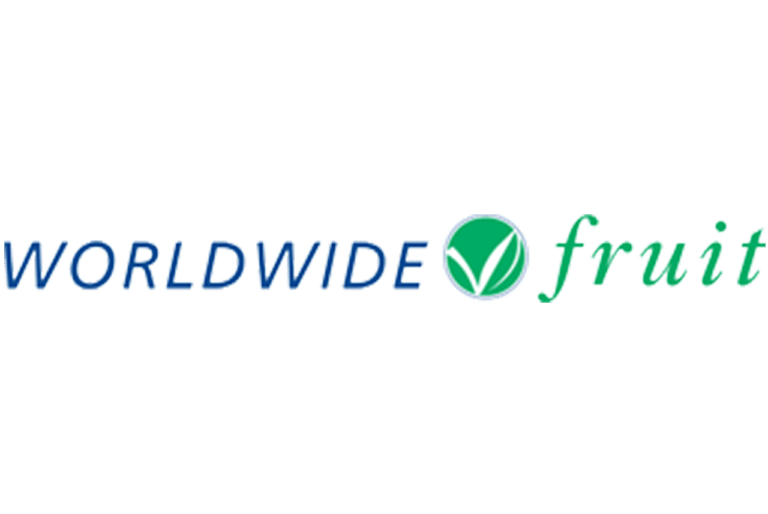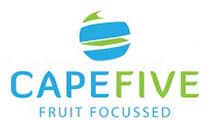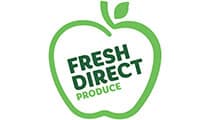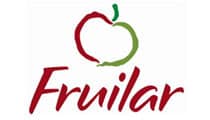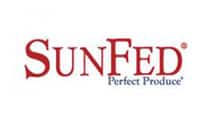Fall is a time of change and transition, nowhere more evident than the agricultural landscape. With the growing season ending, farmers and producers are now looking ahead to a busy and hopefully productive harvest period.
In this article, we’re taking a look at the star crops of the fall harvest. We’ll also unpack some of the most difficult challenges fresh produce producers face at this time of year, and outline the most promising solutions to help them survive and thrive through what is often the busiest time of year.
The Stars of the Fall Harvest
A wide range of fresh produce is in season at this time of year, making it a crucial period for producers across the supply chain. Here are just a few of the standout fall staples.
Apples
From Gala to Granny Smith, apples are a versatile fall favorite, primarily harvested in North American and European regions during this time. Apple trees go through a natural growing cycle that culminates in fruit ripening during the late summer to early fall, depending on the variety and location. The cooler nights and milder days of fall are optimal for the last stages of apple ripening.
Pumpkins
Another quintessential fall fruit – and sadly, one of the most wasted. Pumpkins have a long growing season that usually lasts around 90 to 120 days, depending on the variety. Planting in late spring or early summer leads to a natural harvesting period in the fall. And because they’re so sensitive to frost, harvesting before the first hard frost of fall is important.
Root Vegetables
Carrots, beets, and turnips thrive in fall, largely because the moderate climate helps improve quality and yield. They’re also popular ingredients in hearty, warming dishes that are in demand as the weather turns cooler.
Brussels Sprouts and Cabbages
Once overlooked, these veggies are now enjoying resurgent market demand, especially during the fall. Both Brussels sprouts and cabbages are frost-tolerant to some extent, meaning they can handle the cooler temperatures of fall and even improve in quality after a light frost.
Grapes
Grapes reach their optimal levels of sugar and acidity during late summer and early fall, which is crucial for both eating and winemaking. For wine grapes, the tannins (which contribute to the texture and long-term aging potential of wines) are also optimally mature in the fall.
Other Notable Mentions
Pears, persimmons, and cranberries also make significant contributions to the season’s produce.
Common Challenges of Fall Harvesting
Consumers experience the fall as a time of plenty, and a reprieve from the heat of summer. But for farmers and producers, this season brings a host of new challenges, some of which are impossible to control.
Weather Vulnerabilities
The unpredictability of fall weather can have severe repercussions for fresh produce. Unexpected frost or sudden downpours complicate the already intricate process of planning a harvest.
Pest and Diseases
Fall pests such as aphids and caterpillars can pose threats to both yield and produce quality control. Cabbage moths and aphids can be particularly damaging to fall crops like Brussels sprouts and cabbages. Cooler conditions also encourage the proliferation of fungal diseases like downy mildew and botrytis rot, affecting a range of produce from grapes to root vegetables. Effective pest and disease management is essential to ensure a successful fall harvest.
Labor Shortages
Harvest labor accounts for a significant portion of production costs. In the case of peaches, labor represents over a third of the total cost of production in the US. With the high demand at this time of year, labor shortages pose a real challenge to productivity and profitability for producers.
Storage Conditions and Shelf-life
The sheer volume of produce harvested in the fall makes the problem of perishability even more urgent than usual. From the moment it’s harvested, fresh produce begins to deteriorate quickly. This calls for efficient storage and transportation, to maximize the life of the produce and ensure quality for customers.
Quality Control
Rigorous quality control is hard enough at the best of times. But during the busy fall season, it’s even more difficult to apply standardized processes, minimize human error and maximize customer satisfaction. Businesses who still rely on traditional, manual methods of fresh produce quality control run the risk of falling behind and losing their competitive edge.
Of course, producers cannot hope to influence the weather or labor shortages. But fortunately, there’s a lot that they can do to improve the way they perform fresh produce quality control. AI-powered quality control allows them to maximize the value of their crop, reduce waste and ensure quality. This is especially important when things don’t go quite to plan during the harvest, and producers need to find cost and time savings wherever they can.
Let’s consider how this technology is transforming the fall harvest next.
Why QC Automation is the Key to a Successful Fall Harvest
With the stakes being so high, data-driven, real-time decision-making can either make or break a harvest season. Automated quality management is revolutionizing how businesses across the fresh produce supply chain assess and ensure product quality. Quality assurance is no longer just a checkbox but a critical element in the production process. And automation makes it possible to identify quality issues early, adapt accordingly, and deliver a more consistent product to the consumer.
The Clarifruit Advantage
Computer Vision and Machine Learning
Clarifruit’s AI-powered technology leapfrogs traditional methods, employing advanced computer vision and machine learning for consistent, objective, and reliable quality checks. By leveraging this technology, organizations can drastically reduce the time, cost and human resources they commit to quality control processes.
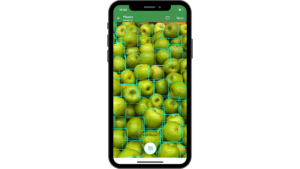
Reducing Waste
By identifying subpar produce before it enters the supply chain, Clarifruit helps minimize waste by up to 30% and improve environmental sustainability.
Standardization Across the Board
Whether in a local farm or a global distribution network, Clarifruit ensures that the quality control process remains uniform, instilling confidence in both producers and consumers. Users can manage multiple sets of standards within a single, intuitive interface.
Securing the Fall Harvest with Clarifruit
For companies who have already adopted AI-powered quality control, the fall is a season of opportunity. By replacing manual quality assurance with automated solutions like Clarifruit, these companies are in a strong position to scale their operations and deliver consistent quality, free of human error.
To find out more about how Clarifruit can help you to maximize the value of your fall harvest, schedule a demo with our team.
Beyond the immediate benefits of automated quality control during the fall harvest, adopting Clarifruit’s technology can also provide long-term advantages for fresh produce businesses. By collecting and analyzing quality control data over time, companies can gain valuable insights into their supply chain operations, identify trends and patterns, and make data-driven decisions to optimize their processes. This can lead to increased efficiency, reduced costs, and improved customer satisfaction in the long run. Furthermore, as the fresh produce industry continues to evolve and face new challenges, investing in cutting-edge technology like Clarifruit can help businesses stay ahead of the curve and maintain a competitive edge in the market.
The integration of AI-powered quality control into the fall harvest process is not just a temporary solution but a strategic move towards a more sustainable and resilient future for the fresh produce industry. As climate change continues to impact agricultural practices and consumer preferences shift towards healthier and more environmentally conscious choices, the ability to consistently deliver high-quality produce while minimizing waste and optimizing resources will become increasingly critical.
Moreover, by embracing digital transformation and adopting innovative technologies like Clarifruit, fresh produce businesses can position themselves as leaders in the industry, setting new standards for quality, efficiency, and sustainability. This not only benefits the individual companies but also contributes to the overall growth and development of the sector, fostering a culture of innovation and continuous improvement.
In Conclusion
Bringing the fall harvest into the digital age with Clarifruit’s AI-powered quality control solution is a game-changer for fresh produce businesses. It enables them to overcome the unique challenges of the season, maximize the value of their crops, and lay the foundation for long-term success in an increasingly competitive and dynamic market. As the industry continues to evolve, those who embrace technological advancements and prioritize data-driven decision-making will be best positioned to thrive and shape the future of fresh produce.
